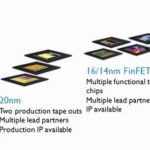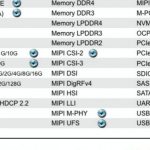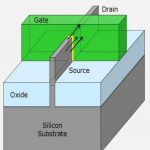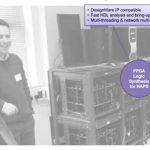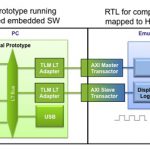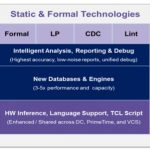You are currently viewing SemiWiki as a guest which gives you limited access to the site. To view blog comments and experience other SemiWiki features you must be a registered member. Registration is fast, simple, and absolutely free so please,
join our community today!
WP_Term Object
(
[term_id] => 14
[name] => Synopsys
[slug] => synopsys
[term_group] => 0
[term_taxonomy_id] => 14
[taxonomy] => category
[description] =>
[parent] => 157
[count] => 759
[filter] => raw
[cat_ID] => 14
[category_count] => 759
[category_description] =>
[cat_name] => Synopsys
[category_nicename] => synopsys
[category_parent] => 157
[is_post] =>
)

WP_Term Object
(
[term_id] => 14
[name] => Synopsys
[slug] => synopsys
[term_group] => 0
[term_taxonomy_id] => 14
[taxonomy] => category
[description] =>
[parent] => 157
[count] => 759
[filter] => raw
[cat_ID] => 14
[category_count] => 759
[category_description] =>
[cat_name] => Synopsys
[category_nicename] => synopsys
[category_parent] => 157
[is_post] =>
)
Whoever has said that history never repeats itself should read this recent PR from AMD! The news can be summarized in three points:
- Multi-year agreement gives AMD access to a range of Synopsys design IP including interface, memory compiler, logic library and analog IP for advanced FinFET process nodes
- Synopsys acquires rights
…
Read More
Last week it was a rare opportunity for me to attend a webinar where an SoC design house, a leading IP provider and a leading EDA tool provider joined together to present on how the tool capabilities are being used for advanced mixed-signal simulation of large designs, faster with accuracy. It’s always been a struggle to combine design… Read More
Synopsys have been gradually broadening their portfolio of verification IP (VIP). It is 100% native SystemVerilog with native debug using Verdi (that was acquired from SpringSoft last year, now fully integrated into Verification Compiler). It has native performance with VCS. Going forward there are source code test suites.… Read More
Planar CMOS processes have been offered for decades now, and all the way down through the 28nm node it has been riding the benefits of Moore’s Law. A few years back we started hearing from Intel about TriGate (aka FinFET) starting at the 22nm node as a way to use a more 3D processing approach for transistors instead of planar CMOS.… Read More
Synopsys Earningsby Paul McLellan on 08-21-2014 at 12:00 pmCategories: EDA, Synopsys
The perfect quarterly results are to slightly beat the consensus for earnings and profit, and not say anything negative about guidance for the upcoming quarter. Synopsys delivered all that with their latest quarter yesterday. Revenue was $521M versus $483M last year, giving solid growth of over 8%. Non-GAAP earnings per share… Read More
Verification has been going through a lot of changes in the last couple of years. Three technologies that used to be largely contained in their own silos have come together: simulation, emulation and virtual-platforms.
Until recently, the workhorse verification tool was simulation. Emulation had its place but limits on capacity… Read More
Usually, we get the incremental story in news: this new release is x percent better at this or that than the previous release, and so on. Often missing is the big picture, telling how the pieces all tie together. Synopsys took on that challenge in their latest FPGA-based prototyping webinar. … Read More
Hybrid Emulationby Paul McLellan on 07-25-2014 at 9:01 amCategories: EDA, Synopsys
Hybrid emulation is when part of the system is run in the emulator and part of the system is run in a virtual prototype. Typically a model of the processor(s) is run in the virtual platform and then the rest of the design is modeled by running the RTL on the emulator. I talked to Tom Borgstrom at Synopsys about what technology they have … Read More
Test engineers are often the unsung heroes in the semiconductor world, because they have the tough job of deciding if each IC is good or bad, while taking the least amount of time on a tester and ensuring that the tests are actually finding and uncovering all manufacturing and process variation defects. Simple stuck-at fault models… Read More
Synopsys announced verification compiler a couple of months ago and dropped hints about their static and formal verification. They haven’t announced anything much for a couple of years and it turns out that the reason was that they decided that the technology that they had, some internally developed and some acquired, … Read More



